Editor’s note: In the “Becoming Brilliant” blog series, experts explore the six competencies that reflect how children learn and grow as laid out by Kathy Hirsh-Pasek and Roberta Golinkoff in their new book “Becoming Brilliant.”
The amount of knowledge available in books and online is doubling every two and a half years. The consequence? Even if we knew every bit of information available today, we’d be at a 50 percent deficit by 2018 and 75 percent by 2021! If our education is founded solely on our ability to learn facts, we will not succeed in a Google and Wiki world.
Education is often relegated to our schools, but sadly across the globe there are cries that our systems are failing our youngest citizens. Children graduating from the K-12 system are largely unprepared for workplace challenges. CEOs across the world look for strong communicators, creative innovators, and expert problem solvers. Yet, formal schools remain narrowly focused on a definition of success that includes only outcomes in reading, writing, and arithmetic with little attention to the needs articulated by the business community.
We wrote “Becoming Brilliant” to reimagine what successful learning looks like in a dynamic, global world. The American education system must move from the more traditional definition of success as good test scores in reading, writing, and mathematics (with a little science and social studies thrown in) to one that prepares our children to become competitive business leaders, entrepreneurs, and scientific pioneers. Success should be best judged by outcomes that nurture happy, healthy, thinking, caring, and social children who will become collaborative, creative, competent, and responsible citizens.
Ways of achieving this goal can vary dramatically; however, a common core of skills should feed the new definition of success. Based on research in the science of learning, we propose six key competencies:
- Collaboration: the ability to work with others, to have social-emotional control, and to form communities.
- Communication: the ability to develop strong language skills, excellent listening skills, and strong reading and writing outcomes.
- Content: competencies in subject areas but also in learning to learn.
- Critical thinking: the ability to sift through information intelligently and to weigh evidence.
- Creative Innovation: the ability to use information in new ways to solve obvious and undefined problems.
- Confidence: the ability to learn from failure, to persist in a problem, and to have grit.
Each of these skills is interrelated and builds on one another, continually improving across a person’s lifespan. Each is malleable, and each is measureable. Further, each is as adaptable to the classroom as it is to the boardroom. Collectively, they offer a dynamic and systemic way of achieving a new vision of successful education.
This suite of skills, that we dub the “6Cs,” forces us to reimagine the goals of education within the context of a child’s future in the workplace and in society. It also offers one way to realize a new vision that has at its core breadth along the three dimensions of skills, context, and time. A more realistic vision of education demands that we move beyond the narrow confines of memorizing facts and adopt this breadth in the number and kind of skills that must be mastered to achieve success.
Such a vision also demands that we broaden the context in which learning occurs. Learning does not just take place in rows of desks aligned in classrooms. Rather learning happens in and out of school. Today our children are as likely to learn from digital content on apps as they are from textbooks. Our new image calls for us to rethink schools and to give more attention to learning in “the other 80 percent” of waking time in which children are not in school. Finally, our vision calls for breadth such that learning is lifelong—rather than trapped within a K-12 framework.
With few exceptions—notably Finland and Canada—nations are preparing children to do well on tests that are not predictive of life success. Indeed, scholars in Taipei recently questioned why the United States educational system persisted on teaching narrowly construed outcomes at a time when Taiwan and mainland China are transforming their education to build creators rather than memorizers!
In “Becoming Brilliant,” we ask how scientific evidence could be used to reimagine a new view of success and to provide us with an evidence-based, dynamic learning model that has breadth at its very core.
Too often, we use our science to tweak the existing system rather than to reinvent it. We ask how we can draw better diagrams in existing textbooks. We find better ways to learn letter-to-sound correspondence. While these are noble efforts, we will never make marked change unless we have the courage to start over and to dream about what education can be in and out of school. “Becoming Brilliant” is for the architect, the dreamer, and the inventor who hopes for a new model of educational success based in evidence. It is for those of us who want to prepare our children for the challenges we face in the 21st Century.
The Brookings Institution is committed to quality, independence, and impact.
We are supported by a diverse array of funders. In line with our values and policies, each Brookings publication represents the sole views of its author(s).
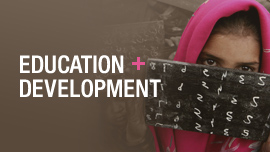
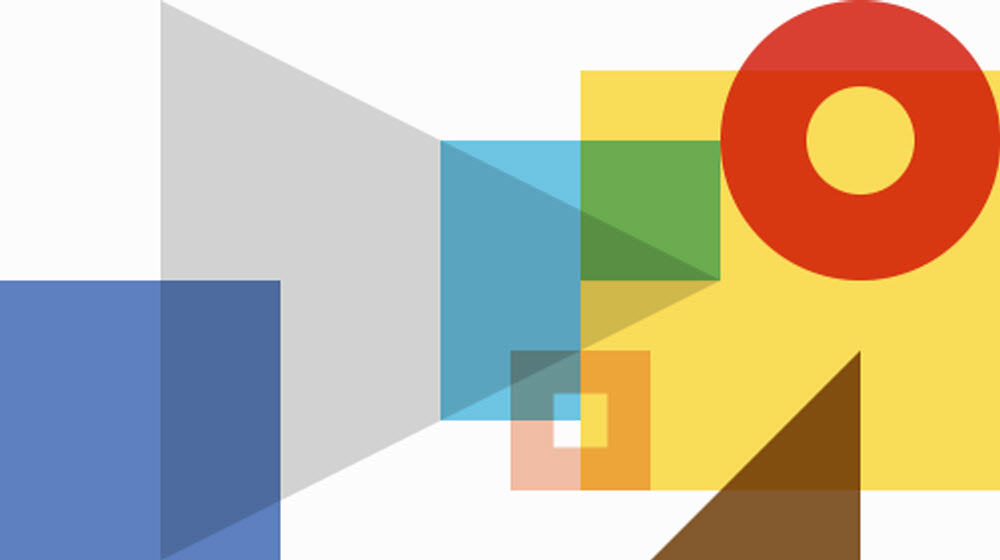
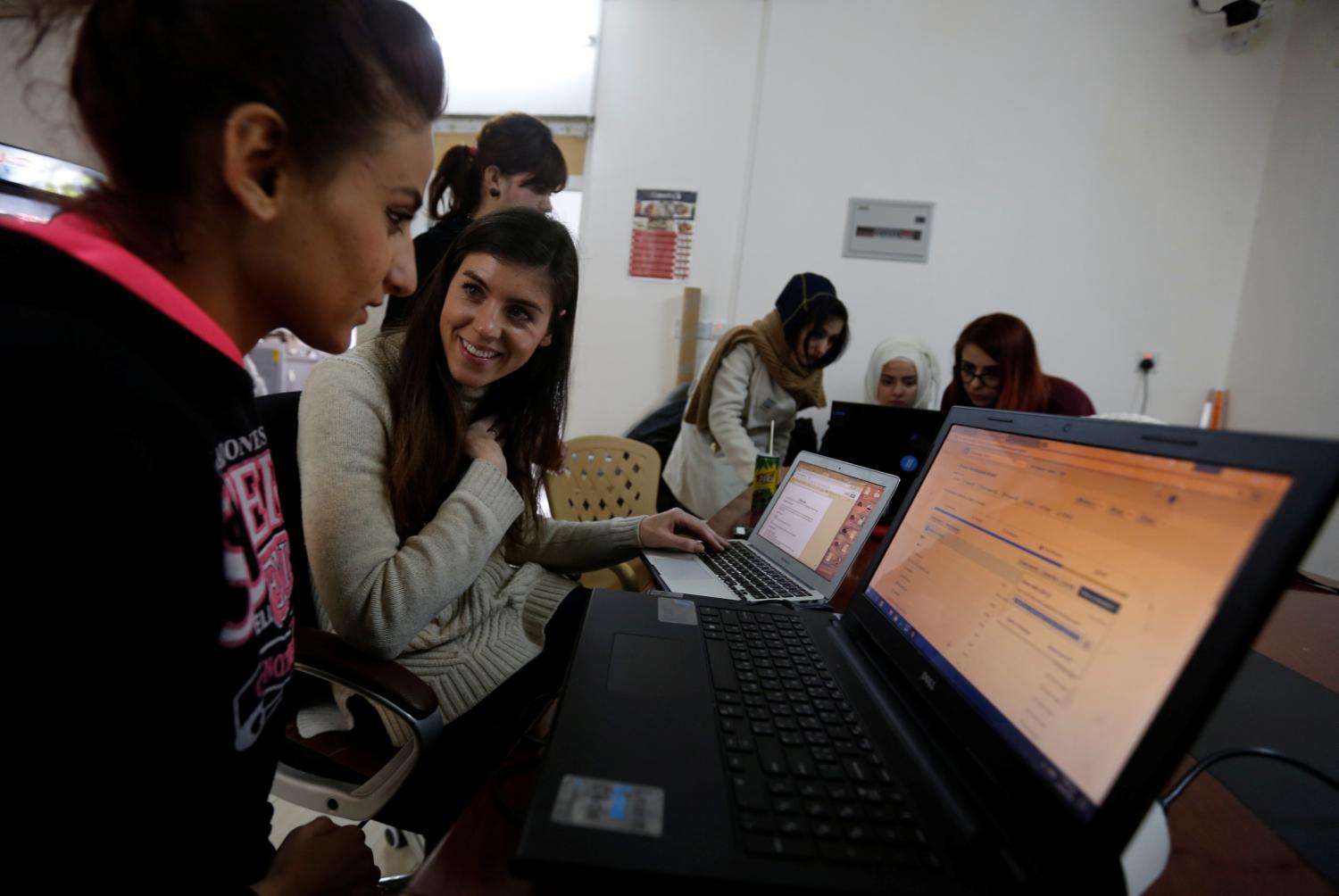

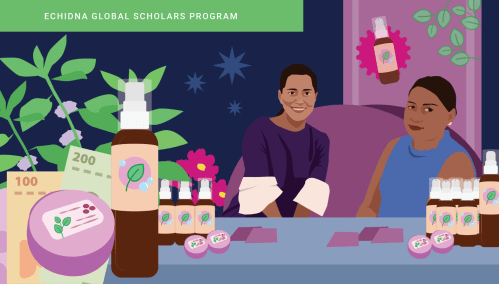
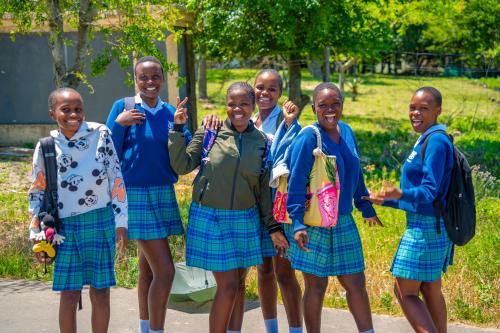
Commentary
Becoming brilliant: Reimagining education for our time
May 20, 2016